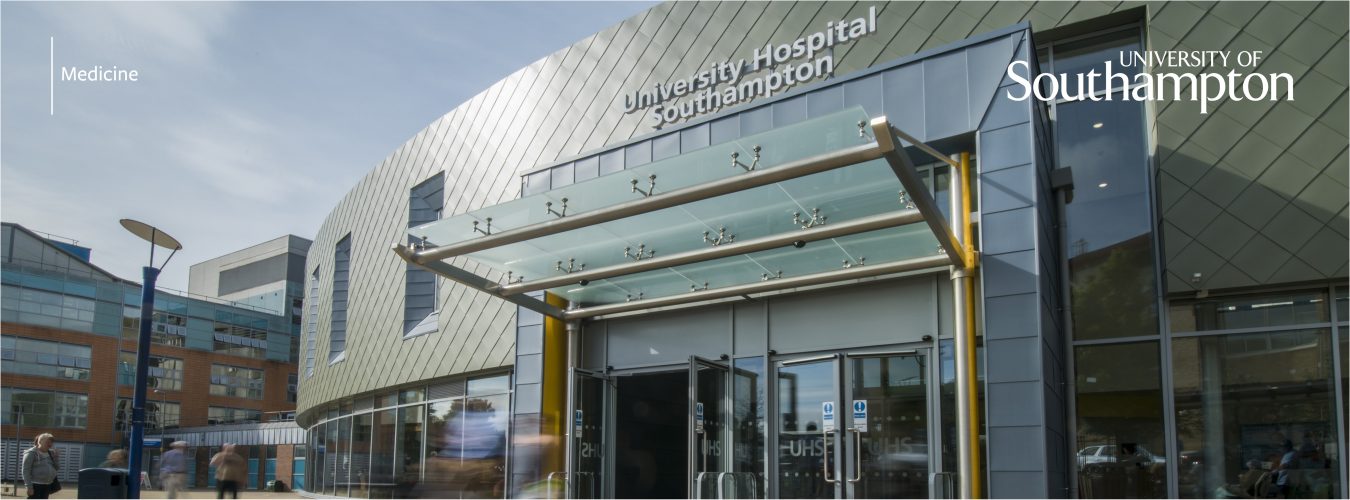There were some short videos featured in our Faculty eNews highlighting the University successes of 2016 with a time-lapse video showing the growth of our Southampton Centre for Cancer Immunology over the course of the year. If you missed them, I suggest you go back and watch again – they were really inspiring to watch and made me feel like I would really want to come to Southampton whether I was a doctor, a scientist or a student.
If I could somehow create the time to be a student again, I would enrol immediately for the Southampton Genomic Medicine Masters course. The Southampton course was one of 10 across the UK that were started in 2015/16 with funding available from Health Education England for students working in health care (https://www.genomicseducation.hee.nhs.uk/ taught-courses/courses/masters-in-genomic-medicine/). All the courses offer seven core taught modules and several optional ones.
Over the last two weeks we delivered the core module around cancer genomics “Molecular Pathology of Cancer and Application in Diagnosis, Screening and Treatment”. Nearly 30 students enrolled for this module, several from overseas, a real mix of ages and experience – doctors, pharmacists, biomedical scientist and many more. The students were enthusiastic and each had something to contribute particularly entering into the spirit of the interactive elements of the course. We had some fantastic teaching from many of our clinical and academic staff and based on daily feedback our lecturers were sufficiently nimble and expert to adapt in “real time”. When the students fed back that their day had been too lecture heavy and they had exams for another module later in the week, we briefed our teachers for the next day to use a more interactive delivery style – they all expertly adapted. The prize for response to this feedback has to go to Matt Rose-Zerilli who abandoned his prepared lecture entirely and turned up with a box of lab equipment and a team-based exercise for the students. Their 10-minute rapid research exercise in groups helped them discover the potential for single cell sequencing in research and their reward was a live demonstration of a single cell sequencing experiment (minus the cells – “health and safety”).
Our final afternoon was spent debating the motion that “this house believes that whole genome sequencing will be the standard of care for all cancer patients by 2022”. Students were asked to choose their perspective based on their learning during the course and their previous experience. This (perhaps surprisingly) created roughly equal group sizes; students presented their arguments for and against the motion with lots of lively discussion. This was a good revision exercise but it also demonstrated how teams are vital for any transformational changes with everyone contributing a different perspective. Blue skies to practical project detail; no big change can succeed without both. Four days of teaching out of an already overfull diary is a daunting prospect but a successful course and satisfied students reflected in constructive and comprehensive feedback is very rewarding.
Understanding how we can make the best use of the current technological revolution in genomics to benefit patient care within our NHS is a major challenge. Part of that challenge is educating the workforce of the future and we are meeting that challenge. Southampton University has the highest number of enrolled students across all ten UK Genomic Medicine Masters courses and in this second year of existence is delivering a course of relevance to most of our medical and scientific workforce of the future.

